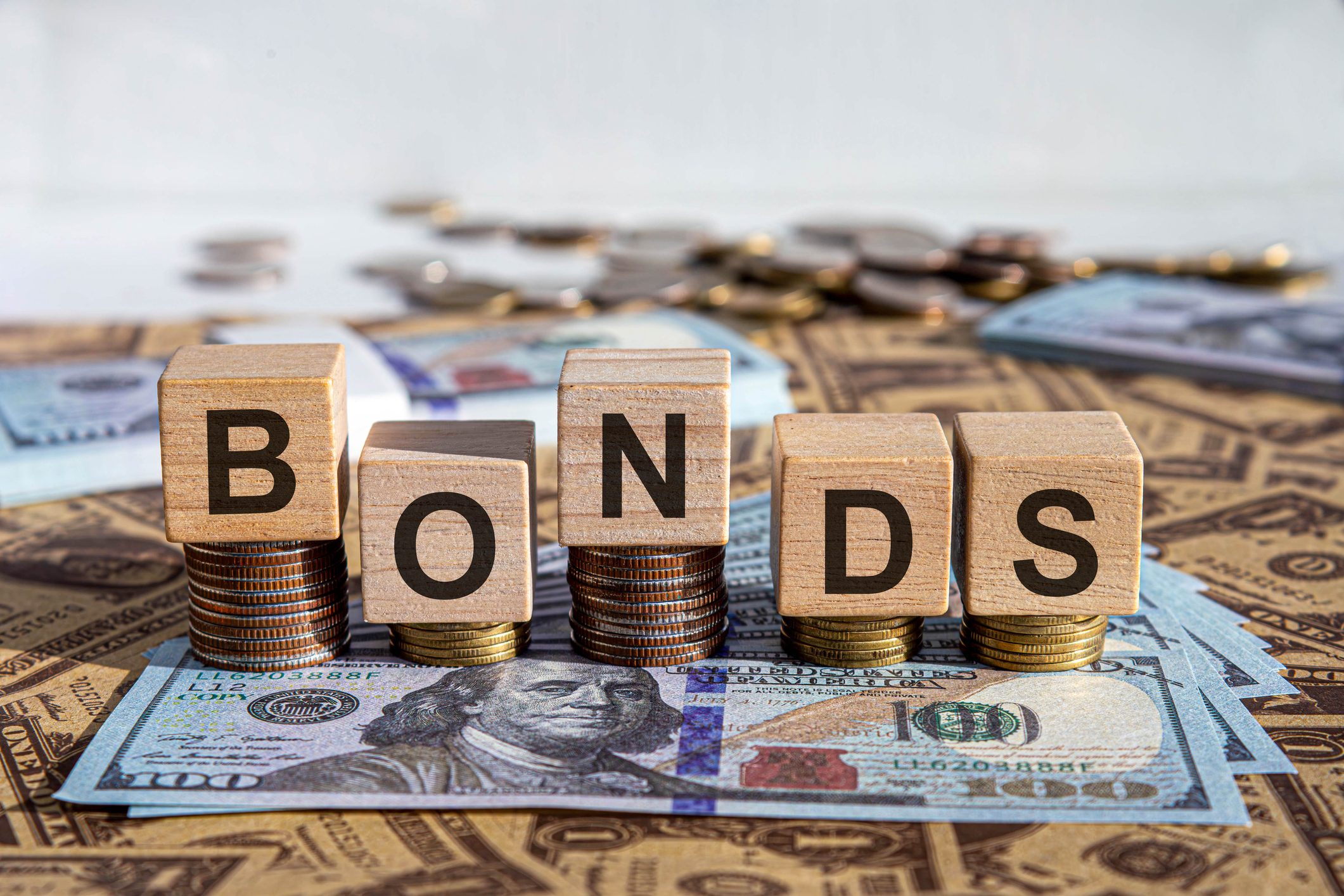Gold: Long-Term Hedge or Bubble About to Burst?
Two of our editors differ sharply over the glittery stuff's future. See whose side you're on.

Andrew Tanzer: Love It
The surge in gold prices to about $1,400 an ounce makes perfect sense. Confidence is waning in paper money, such as the dollar, and for good reason. Our monetary and fiscal policies are remarkably lax, debasing our currency as a store of value and raising the specter of inflation down the road. The Federal Reserve Board continues to pump money into the economy, and we will run huge budget deficits as far as the eye can see, dramatically expanding our financial liabilities. Martin Murenbeeld, an economist at Canada's DundeeWealth Economics, shows that over the past decade, gold prices have moved almost in lock step with the expansion of global liquidity (U.S. money supply plus overseas foreign reserves). Both have multiplied fivefold.
Our government, like those in Europe and Japan, has made entitlement-benefit promises to voters that it cannot possibly keep. Politicians will fall back on the quick fix of printing money -- an easier solution than calling for steep spending cuts and tax increases. Failure to adopt tough, economically sound policies bodes well for gold prices.
Let's not forget the growing demand for gold abroad. Citizens of China and India are using their rapidly growing incomes to buy gold jewelry and to invest in the metal. Central banks in many emerging nations have become big buyers of gold to diversify their foreign-exchange reserves.
From just $107.88 $24.99 for Kiplinger Personal Finance
Become a smarter, better informed investor. Subscribe from just $107.88 $24.99, plus get up to 4 Special Issues

Sign up for Kiplinger’s Free Newsletters
Profit and prosper with the best of expert advice on investing, taxes, retirement, personal finance and more - straight to your e-mail.
Profit and prosper with the best of expert advice - straight to your e-mail.
Gold provides a hedge against inflation, currency weakness and financial turmoil. Gold doesn't move in sync with stocks or bonds, so it's a good diversifier. Everyone should consider owning some.
Andrew Tanzer is a senior associate editor of the magazine. He has 5% of his investments in gold.
Bob Frick: Leave It
You'd think that after experiencing two investing manias in ten years, we'd recognize the symptoms. To recap: A mania begins when an asset runs up in price, attracting buyers. That begets more price increases and attracts still more buyers. And on and on. After a point, none of the buying can be called rational.
During the Internet mania of the late 1990s, stocks surpassed what companies could possibly earn to support their share prices. With the recent real estate mania, home prices rose far beyond what the demand for housing and inflated credit markets could sustain.
The latest mania is gold. Bulls say gold will become the world's de facto currency as the dollar disintegrates and the U.S. and other developed nations print money to pay off their massive debts. Such moves are bound to spur inflation, a great friend of gold.The reality: Gold isn't suited to acting as the world's currency because it's not a great store of value and is tremendously volatile. Gold's price can fall even in inflationary times -- and, in any case, inflation isn't even a speck on the horizon. Unlike other assets, gold doesn't pay dividends. And unlike other commodities, gold has few industrial uses. Some safe haven.
But gold is a great hedge against political and economic upheaval. Yes, there's a lot to be fearful about in today's crisis-prone world economy, but there are better assets to invest in than gold -- especially when its price is in bubble territory. And when the developed economies get their acts together, that loud whooshing sound you'll hear will be the fear being let out of gold prices.
Bob Frick is a senior editor of the magazine. He has a krugerrand in his sock drawer.
Which editor do you agree with? Sound off on gold in the comment box below.
Profit and prosper with the best of Kiplinger's advice on investing, taxes, retirement, personal finance and much more. Delivered daily. Enter your email in the box and click Sign Me Up.
Andrew Tanzer is an editorial consultant and investment writer. After working as a journalist for 25 years at magazines that included Forbes and Kiplinger’s Personal Finance, he served as a senior research analyst and investment writer at a leading New York-based financial advisor. Andrew currently writes for several large hedge and mutual funds, private wealth advisors, and a major bank. He earned a BA in East Asian Studies from Wesleyan University, an MS in Journalism from the Columbia Graduate School of Journalism, and holds both CFA and CFP® designations.
-
 Changes Are Coming for This Invesco Bond Fund
Changes Are Coming for This Invesco Bond FundThe Invesco BulletShares 2026 Corporate Bond ETF's bonds will mature in 2026. Here's what investors should do.
-
 What Science Reveals About Money and a Happy Retirement
What Science Reveals About Money and a Happy RetirementWhether you’re still planning or already retired, these research-based insights point the way to your best post-work life.
-
 7 Retirement Planning Trends: What They Mean for You in 2026
7 Retirement Planning Trends: What They Mean for You in 2026From government shutdowns to market swings, the past 12 months have been nothing if not eventful. The key trends can help you improve your own financial plan.
-
 What to Expect from the Global Economy in 2026
What to Expect from the Global Economy in 2026The Kiplinger Letter Economic growth across the globe will be highly uneven, with some major economies accelerating while others hit the brakes.
-
 Amid Mounting Uncertainty: Five Forecasts About AI
Amid Mounting Uncertainty: Five Forecasts About AIThe Kiplinger Letter With the risk of overspending on AI data centers hotly debated, here are some forecasts about AI that we can make with some confidence.
-
 Worried About an AI Bubble? Here’s What You Need to Know
Worried About an AI Bubble? Here’s What You Need to KnowThe Kiplinger Letter Though AI is a transformative technology, it’s worth paying attention to the rising economic and financial risks. Here’s some guidance to navigate AI’s future.
-
 Will AI Videos Disrupt Social Media?
Will AI Videos Disrupt Social Media?The Kiplinger Letter With the introduction of OpenAI’s new AI social media app, Sora, the internet is about to be flooded with startling AI-generated videos.
-
 What Services Are Open During the Government Shutdown?
What Services Are Open During the Government Shutdown?The Kiplinger Letter As the shutdown drags on, many basic federal services will increasingly be affected.
-
 The Economy on a Knife's Edge
The Economy on a Knife's EdgeThe Letter GDP is growing, but employers have all but stopped hiring as they watch how the trade war plays out.
-
 Apple Readies for AI Upgrade with New iPhones
Apple Readies for AI Upgrade with New iPhonesThe Kiplinger Letter The tech giant has stumbled when it comes to artificial intelligence, but a new batch of iPhones will help it make headway.
-
 Japan Enters a New Era of Risk and Reform
Japan Enters a New Era of Risk and ReformThe Kiplinger Letter Japan has entered a pivotal moment in its economic history, undertaking ambitious policy and structural reforms to escape from decades of stagnation.